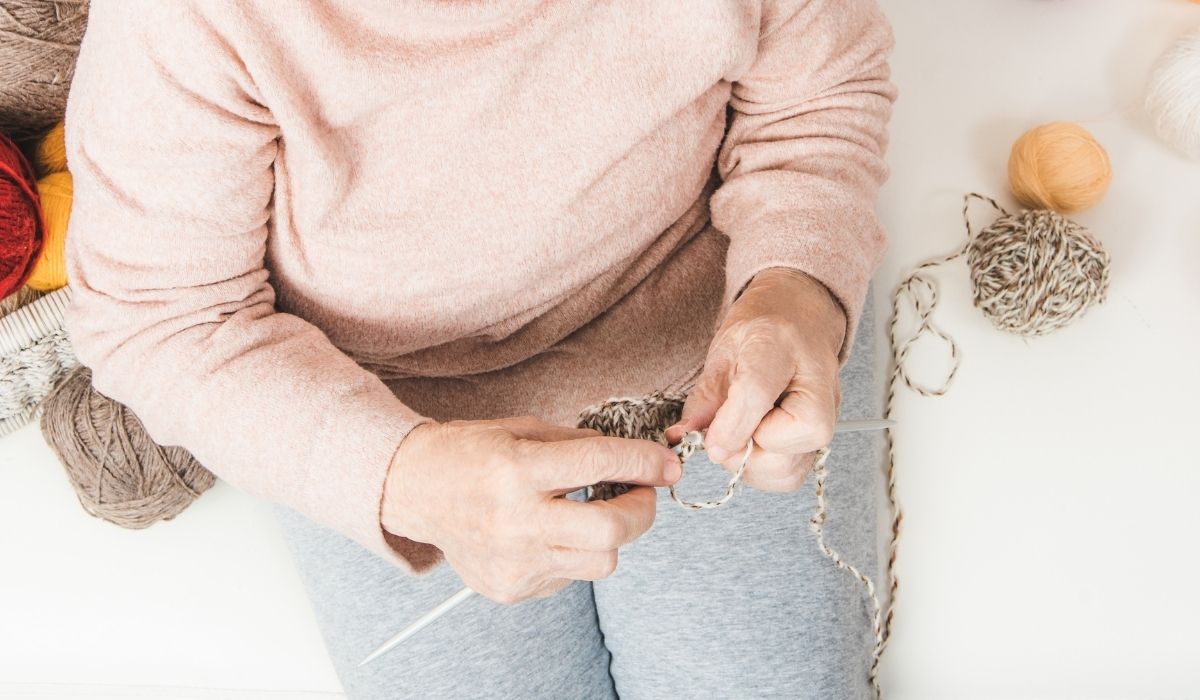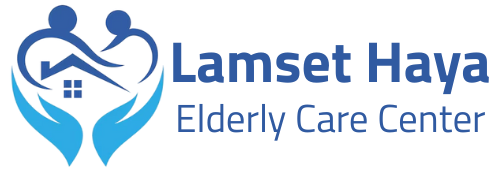The Imperative of Continuous Monitoring

1. The Pervasive Threat of Falls: Falls are not just a common accident for seniors; they are a leading cause of serious injury, disability, and even death. The risk of a fall increases dramatically with age due to factors like decreased balance, muscle weakness, vision problems, and medication side effects. A fall that goes unnoticed for an extended period can have catastrophic consequences, including hypothermia, dehydration, and increased recovery time. Continuous monitoring, whether through a caregiver’s presence or a smart sensor system, ensures that help can be summoned immediately, dramatically improving the outcome.
2. The Complexity of Medication Management: As seniors often manage multiple chronic conditions, they are typically on a complex regimen of medications. Remembering to take the right pill at the right time can be a significant challenge, especially for those with memory issues. A missed dose or an accidental overdose can have severe health repercussions. Continuous monitoring, facilitated by a caregiver or a smart reminder device, is essential to ensure medication adherence, thereby safeguarding the senior’s health.
3. The Risk of Sudden Health Changes: A senior’s health status can change in an instant. A sudden spike in blood pressure, a drop in blood sugar, a heart attack, or a stroke are all acute health episodes that require an immediate and informed response. Without continuous monitoring, these emergencies can go unnoticed until it is too late. The presence of a trained caregiver or a system that can alert professionals is a literal lifeline in these situations.
4. Navigating Cognitive Decline: For seniors living with conditions like Alzheimer’s or other forms of dementia, continuous supervision is not a luxury but a necessity. Their cognitive decline can lead to dangerous behaviors, such as wandering away from home, forgetting to turn off a stove, or getting lost in a familiar environment. Monitoring systems, including GPS trackers and motion sensors, provide a critical safety net that allows families to ensure their loved one’s security without resorting to restrictive measures.
5. Assistance with Daily Personal Needs: Many seniors require assistance with activities of daily living (ADLs) such as bathing, dressing, eating, and using the bathroom. Their needs can arise at any time of day or night. Continuous support ensures that they receive timely help, preserving their dignity and preventing accidents that can occur when they attempt these tasks on their own.
6. The Psychological Comfort and Security: Beyond the physical benefits, continuous monitoring provides a profound sense of psychological comfort. For seniors, knowing that someone is there to help them if they fall or get sick can alleviate the anxiety and fear often associated with living alone. For families, this peace of mind is invaluable, allowing them to lead their own lives without the constant worry about their loved one’s safety.
Diverse Methods for Providing Continuous Support
The approach to 24/7 care is not one-size-fits-all. It can be tailored to the specific needs of the senior and the resources of the family, utilizing a combination of human care, technological tools, and environmental modifications.
1. Specialized In-Home Care: This is often the preferred option, as it allows seniors to remain in the comfort and familiarity of their own homes.
- Live-in Caregivers: A live-in caregiver resides in the senior’s home, providing round-the-clock assistance. This arrangement is ideal for seniors who require consistent supervision and help with all ADLs. The caregiver becomes a constant companion, offering not only physical support but also emotional comfort and friendship.
- Shift Care: For those who need continuous care but do not want a live-in arrangement, a team of caregivers can work in shifts. This model provides uninterrupted coverage while ensuring that the caregivers are well-rested and attentive.
- Specialized Nurses and Health Aides: When a senior’s needs are more medical in nature, such as post-operative care, wound care, or vital sign monitoring, a certified nurse or health aide can provide the necessary expertise. They work in conjunction with other caregivers to provide a holistic care plan.
2. The Growing Role of Assistive Technology: Technology has revolutionized the way we can monitor and support seniors, offering a less intrusive and often more affordable alternative to constant human presence.
- Personal Emergency Alert Systems (PEAS): These devices, worn as a pendant or a watch, are perhaps the most well-known form of assistive technology. A senior can press a button to summon help, connecting them to an emergency response center, a family member, or a neighbor. Many modern devices also include automatic fall detection.
- Smart Home Sensors: These unobtrusive sensors can be installed in various parts of the home to monitor a senior’s activity. For example, a sensor on the bed can alert a caregiver if the senior has not gotten up by a certain time, or a sensor on the refrigerator can indicate if they are not eating regularly. Motion sensors can detect a fall, while door and window sensors can alert families if a senior with dementia tries to wander.
- Surveillance Cameras: When used with the senior’s full consent and with a clear understanding of the purpose, cameras can be a valuable tool for monitoring general activity in common areas.
- GPS Tracking Devices: For seniors at risk of wandering, a GPS tracker, often integrated into a watch or a shoe, can provide real-time location data, giving families a crucial tool to ensure their loved one’s safety.
- Smart Medication Reminders: Automated pill dispensers and smart reminder apps can issue audible or visual alerts, ensuring that seniors take their medications at the correct time and in the right dosage.
3. Environmental Modifications for Enhanced Safety: A key component of continuous care is creating an environment that is inherently safe and easy to navigate.
- Lighting: Proper lighting is essential to prevent falls. All hallways, stairways, and rooms should be well-lit, and nightlights can be installed in bedrooms and bathrooms.
- Removing Obstacles: Tripping hazards such as loose rugs, cluttered floors, and electrical cords must be eliminated.
- Grab Bars and Handrails: Installing grab bars in bathrooms, next to toilets and showers, and installing handrails on both sides of stairways provides crucial support and stability.
- Bathroom Safety: Using non-slip mats in the shower and on the bathroom floor, as well as a shower chair, can significantly reduce the risk of a fall.
- Smoke and Carbon Monoxide Alarms: Ensuring these alarms are functional is a basic but critical step to protect seniors from fire and gas leaks.
4. The Role of Family and Community Support: No system of care can be complete without the active involvement of family and community.
- Regular Visiting Schedules: Family members should establish a regular schedule of visits to check on the senior, provide companionship, and assess their needs.
- Trusted Neighbors and Friends: A strong community network is an invaluable asset. Asking a trusted neighbor or friend to check in on the senior, especially during times when family cannot be present, provides an extra layer of security.
- Community Programs: Many communities offer adult day care, senior centers, or volunteer visiting programs. These services not only provide care and supervision but also offer seniors opportunities for social interaction and engagement, which are vital for their well-being.
Challenges and Important Considerations

While the benefits of continuous care are immense, there are also important challenges and ethical considerations that must be addressed.
1. Respecting Privacy and Dignity: The most critical consideration is the senior’s right to privacy and dignity. Any form of monitoring, especially through cameras or tracking devices, must be discussed with the senior and implemented with their full understanding and consent. The purpose of these measures should be explained in a clear and respectful manner, emphasizing that they are for their safety and well-being, not for surveillance.
2. The Financial Aspect: Continuous care, whether through in-home caregivers or technology, can be expensive. Families should research all available options, including long-term care insurance, government programs, and other financial support. It is important to find a solution that is sustainable and does not create an undue financial burden.
3. Preventing Caregiver Burnout: For family members who take on the role of primary caregiver, the demands of providing continuous support can be physically and emotionally exhausting. It is crucial for caregivers to recognize the signs of burnout and to seek support. This may include professional respite care, support groups, or simply taking a break to recharge. A healthy caregiver is better equipped to provide quality care.
In summary, continuous 24/7 support and monitoring for seniors is a vital component of modern elder care. It is a system that should be carefully planned, personalized, and implemented with a deep respect for the senior’s dignity and autonomy. By combining the warmth of human care with the efficiency of modern technology and the support of a strong community, we can create an environment where our aging loved ones are not just safe, but are able to live their lives with comfort, peace, and a profound sense of security.
Sources and References
Don’t let life’s busy schedule prevent you from giving back to those who gave you everything.
At Lamset Hayah Elderly Care Home, we provide your loved ones with the care, dignity, and unforgettable human warmth they deserve.
Contact us today to take the first step toward your family’s peace of mind and your own.
Visit us to discover for yourself how we turn care into a fulfilling life.
